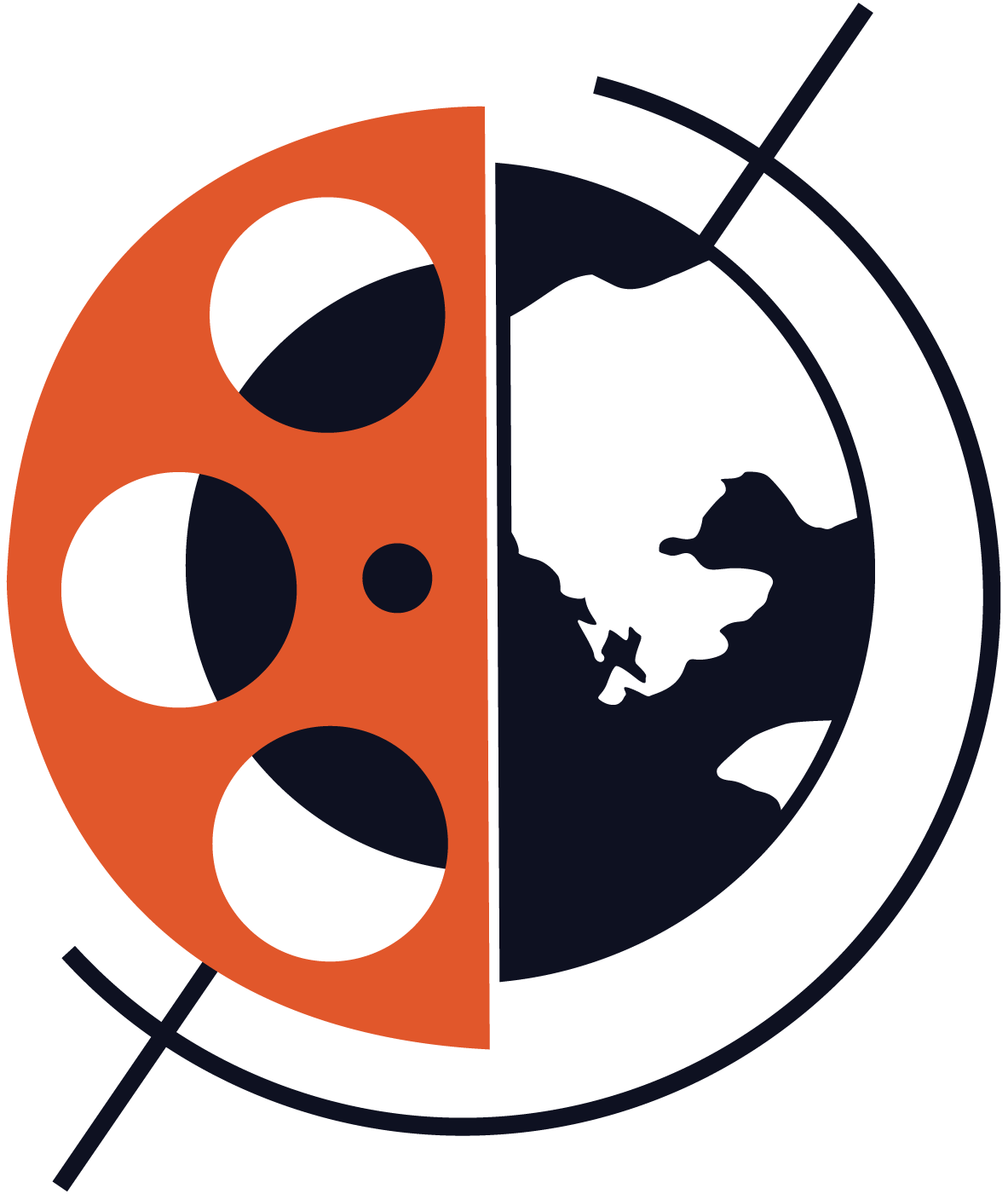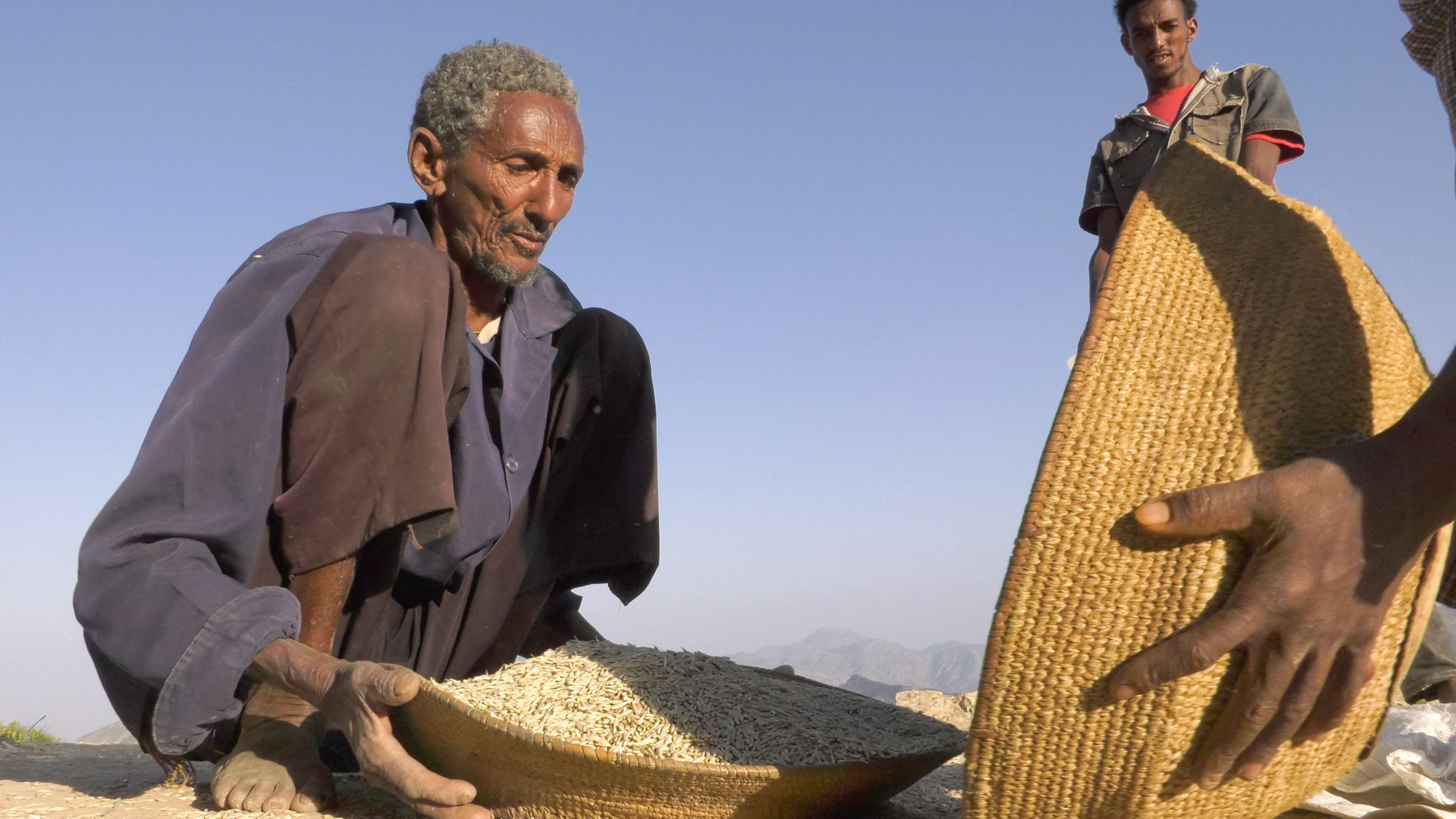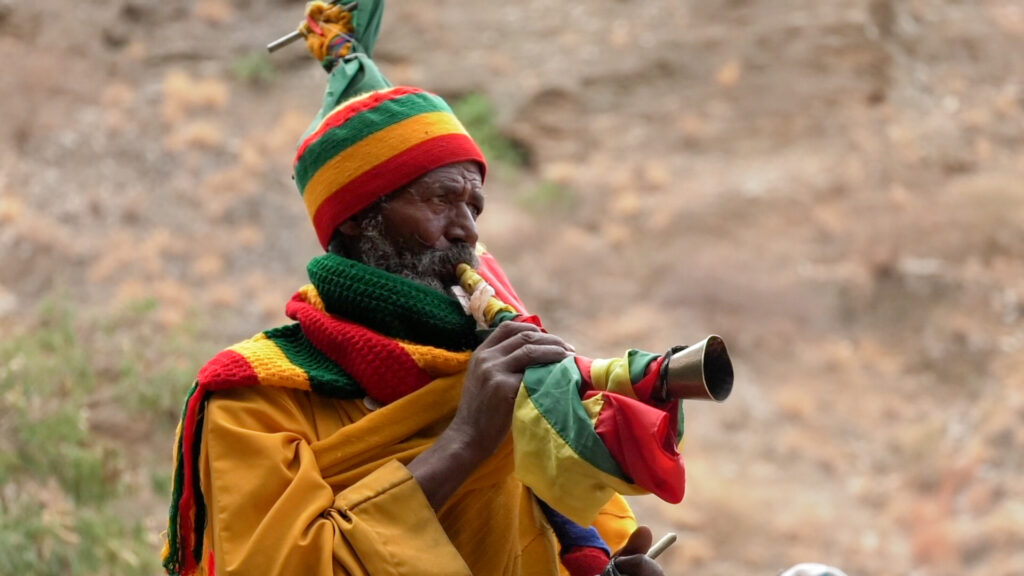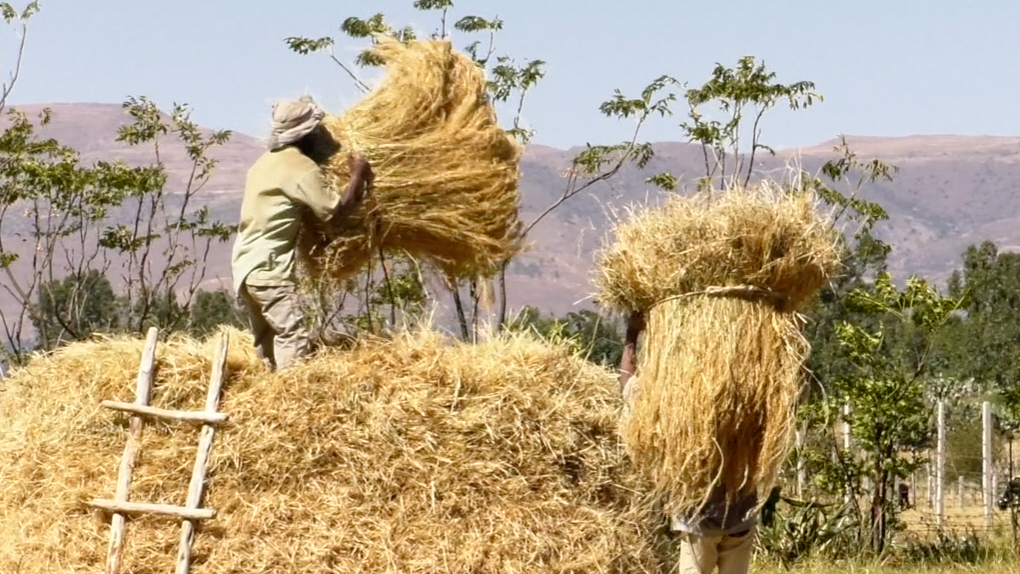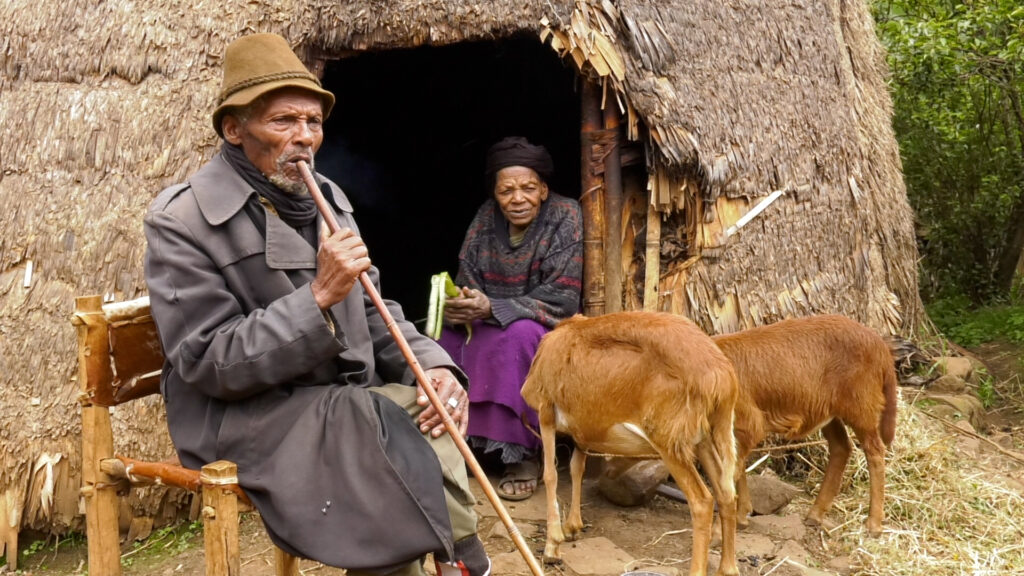Abraham & Sarah Part I:
Creators of a productive landscape
Ivo Strecker 53 Minuten
Im Hochland Nordäthiopies haben Hagos Mashisho und Desta Gidey unwirtlichen Berghänge in fruchtbaren Boden verwandelt, nicht allein um sich selbst zu ernähren, sondern auch mit den Pilgern zu teilen, die regelmäßig an ihrem Gehöft vorbeikommen. Dafür haben ihnen die Pilger die biblischen Namen „Abraham“ und „Sarah“ gegeben. Der Film erkundet das Arbeitsethos dieser Tigre Bauern: ihre Hingabe zu den anliegenden Aufgaben, der Koordination von Mensch und Tier beim Pflügen, Säen, Ernten, Dreschen,- und endlich in Momenten der Anrufung wo die Abhängigkeit von der Natur und dem Transzendenten anerkannt wird.
